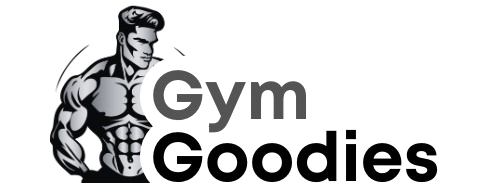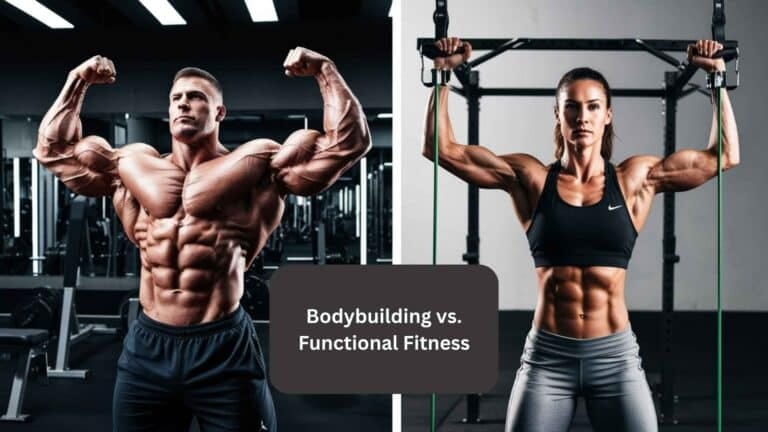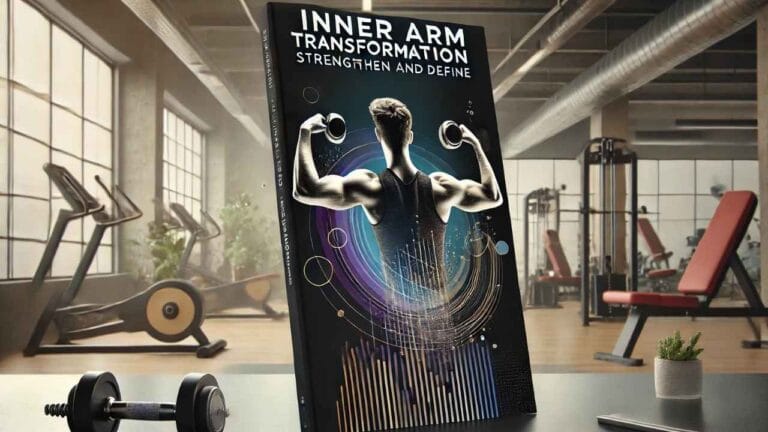Is a Bent Arm Safer? Lateral Raises and Shoulder Impingement Risks

Ever feel a sharp pinch in your shoulder during lateral raises? You’re not alone.
Most lifters assume the issue is weak delts or bad form, but what if the real culprit is something far simpler? The angle of your elbow could be the difference between shoulder pain and pain-free gains.
New research (2023–2024) reveals that a slight bend in the arm dramatically reduces impingement risk. But why? And how do you tweak your form to stay safe? Let’s break it down, with science, client stories, and step-by-step fixes.
Shoulder Pain During Lateral Raises? Here’s What’s Really Happening
Short answer: Straight-arm raises compress your rotator cuff against the acromion (a bony shelf in your shoulder), while a bent arm creates space.
Most lifters blame “weak shoulders” when they feel pain, but the real issue is mechanical crowding. When you raise your arms straight out to the sides (like a T), the space inside your shoulder joint narrows, pinching tendons and bursae.
Shoulder impingement happens when tendons of the rotator cuff get trapped under the acromion (top part of your shoulder blade) during lifting. Lateral raises done with poor form or at unsafe angles can worsen this compression.
Most people blame their shoulders, but the real issue is technique. They shrug their traps, flare their elbows too high, or raise the weights too far forward, all of which reduce the space in the shoulder joint. Harvard Health’s guide on rotator cuff injuries
Sarah, a fitness instructor, swore lateral raises were “off-limits” due to chronic shoulder pain. After adjusting her elbow bend from 0° to 20°–30°, she could finally lift pain-free, and even increased her working weight by 40%.
The Hidden Factor Everyone Overlooks: Scapular Rotation
Counterintuitive insight: Your shoulder blade position matters more than your arm angle alone.
Raising your arms slightly in front of your body, at about a 30-degree angle forward from a strict lateral raise, aligns the shoulder joint in a safer, more natural position. This helps prevent impingement by allowing your scapula to rotate freely.
“A 2024 study in the Journal of Strength and Conditioning Research found that lateral raises performed in the scapular plane with a bent arm resulted in 27% less subacromial pressure compared to straight-arm, frontal plane versions.”
Try this quick test: Stand tall and raise your arms with elbows bent to 90 degrees at your sides. Rotate your arms out slightly and lift slowly at a 30-degree forward angle. Feel how much smoother the lift is?
Actionable Tip: Before lifting, try this drill:
- Stand tall, arms at sides.
- Gently roll your shoulders up, back, and down (think “proud chest”).
- Maintain this position as you raise your arms—this keeps the shoulder socket open.
“Keep Arms Straight” Debunked: Why Perfect Form Isn’t What You Think
Myth: “Straight arms = better muscle engagement” isn’t wrong, it’s just incomplete.
Traditional bodybuilding cues often emphasize straight arms for maximal delt tension. But biomechanics show that a 20°–30° elbow bend:
- Lowers stress on the supraspinatus tendon (the most commonly impinged muscle).
- Maintains 90% of mid-deltoid activation (per EMG data).
Visual Cue: Imagine holding a tray of drinks, your elbows would naturally soften, not lock. That’s the sweet spot for safer raises.
Step-by-Step Fix: Pain-Free Lateral Raises in 2 Weeks
Follow this sequence to master lateral raises without shoulder pinching.
Phase 1: Prep (Days 1–3)
- Warm-Up: Banded shoulder rotations (30 sec/side) to lubricate the joint.
- Activation: Seated lateral raises (elbows bent 30°) with 50% weight. Focus on scapular movement.
Phase 2: Modify (Days 4–10)
- If pain persists: Try lean-away laterals (stand slightly leaned back to reduce compression).
- Tempo: 3 seconds up, 2-second pause at the top.
Phase 3: Progress (Days 11–14)
- Add load: Increase weight by 10% if pain-free.
- Advanced option: Cable lateral raises (constant tension = smoother motion).
Key Takeaways (For Featured Snippets)
Bend your elbows 20°–30° to reduce shoulder impingement risk.
Engage your scapulae by rolling shoulders back before lifting.
Straight arms aren’t mandatory, slight bends preserve delt activation while being joint-friendly.
Final Thought: Your Shoulders Aren’t “Weak”: They’re Just Misunderstood
Pain isn’t your body failing; it’s a signal to move smarter. With these tweaks, lateral raises can go from a dreaded exercise to a shoulder-strengthening powerhouse.
Now, go lift with confidence, your shoulders will thank you!
Disclaimer:
It should be remembered that the information available at gymgoodies.net is constantly evolving and is up-to-date and authentic information on fitness, exercises, and health.
I am a veteran bodybuilder, considering I have been active in the industry for quite some time. I ensure that the content shared reflects the lessons I have learned in my years of training and working or all the exposure I have had.
That said, it must be understood that the information available on this portal is obtained through communication channels and is primarily for education and information. Some factors and changes occur, and the issues discussed in this website address such things.
Every piece of advice regarding fitness or health should be taken with caution.
You might need the assistance of fitness professionals, nutritionists, or doctors regarding your workout routine, diet, or fitness activity. Their advice should be personalized PPC, the guide you integrate into your routine, taking into account your specifications and requirements regarding your health and fitness.
This is key, considering our concern is your health and safety. Make sure you only use the data on the site to empower expert advice and nothing more.



